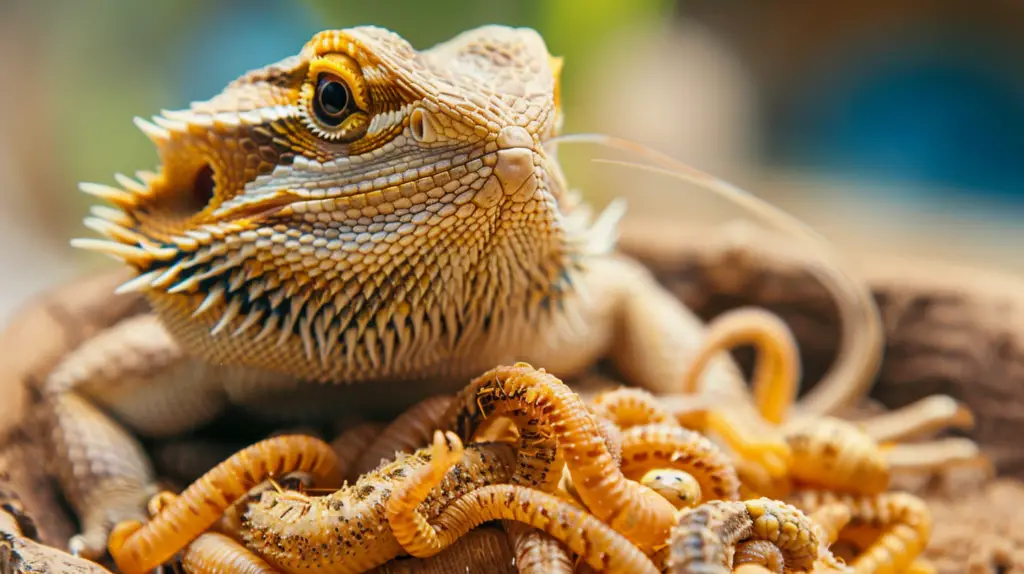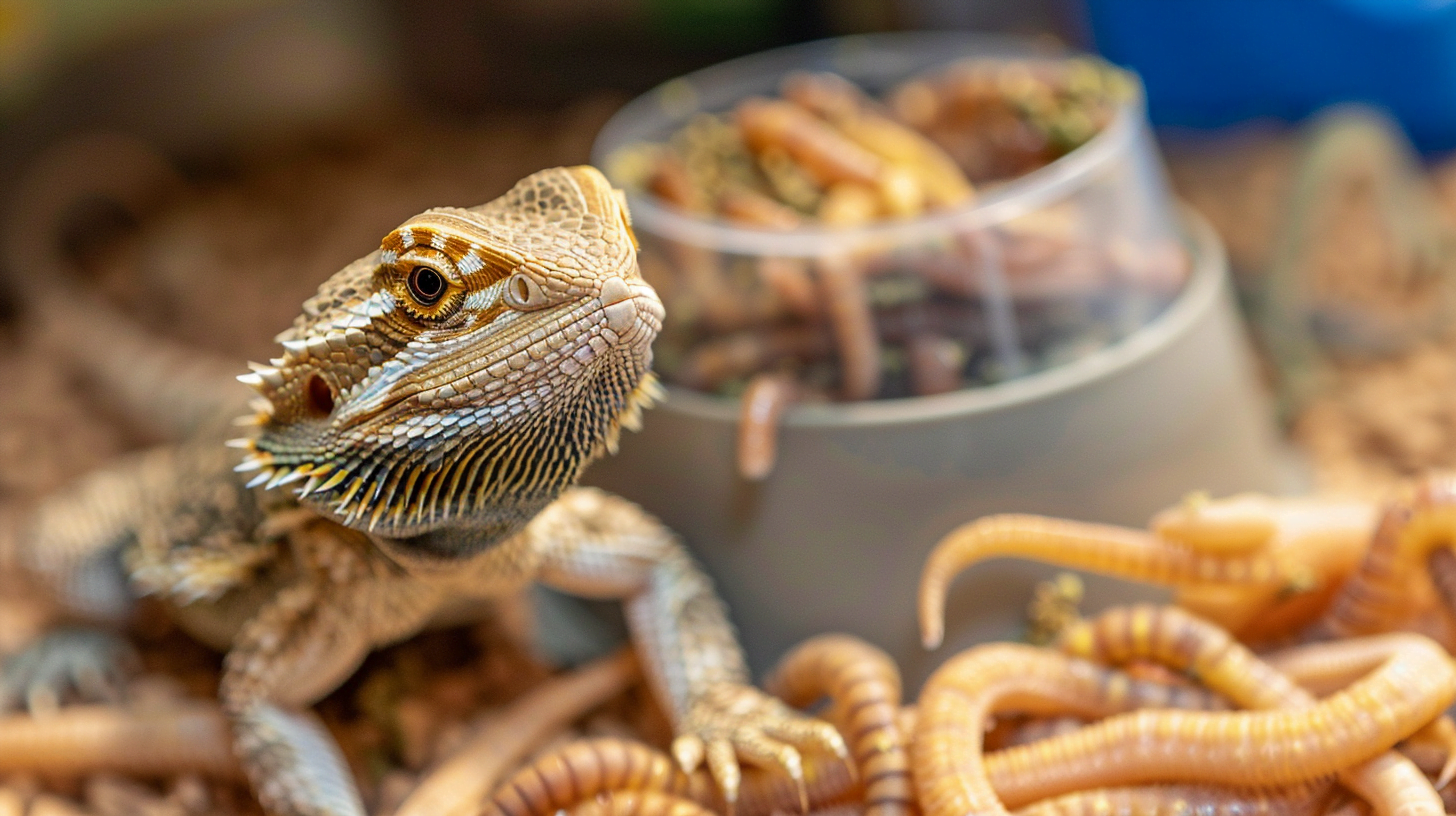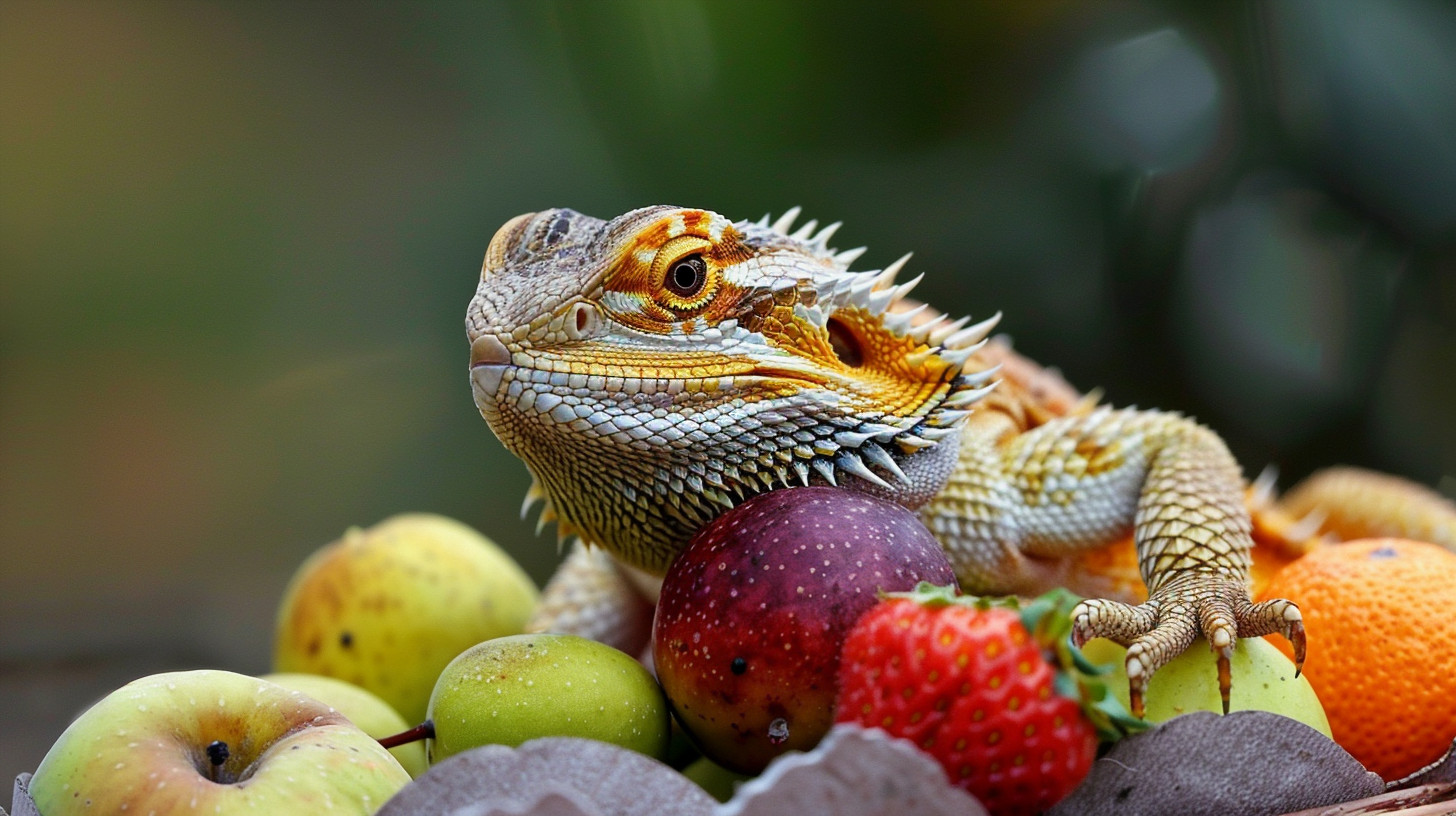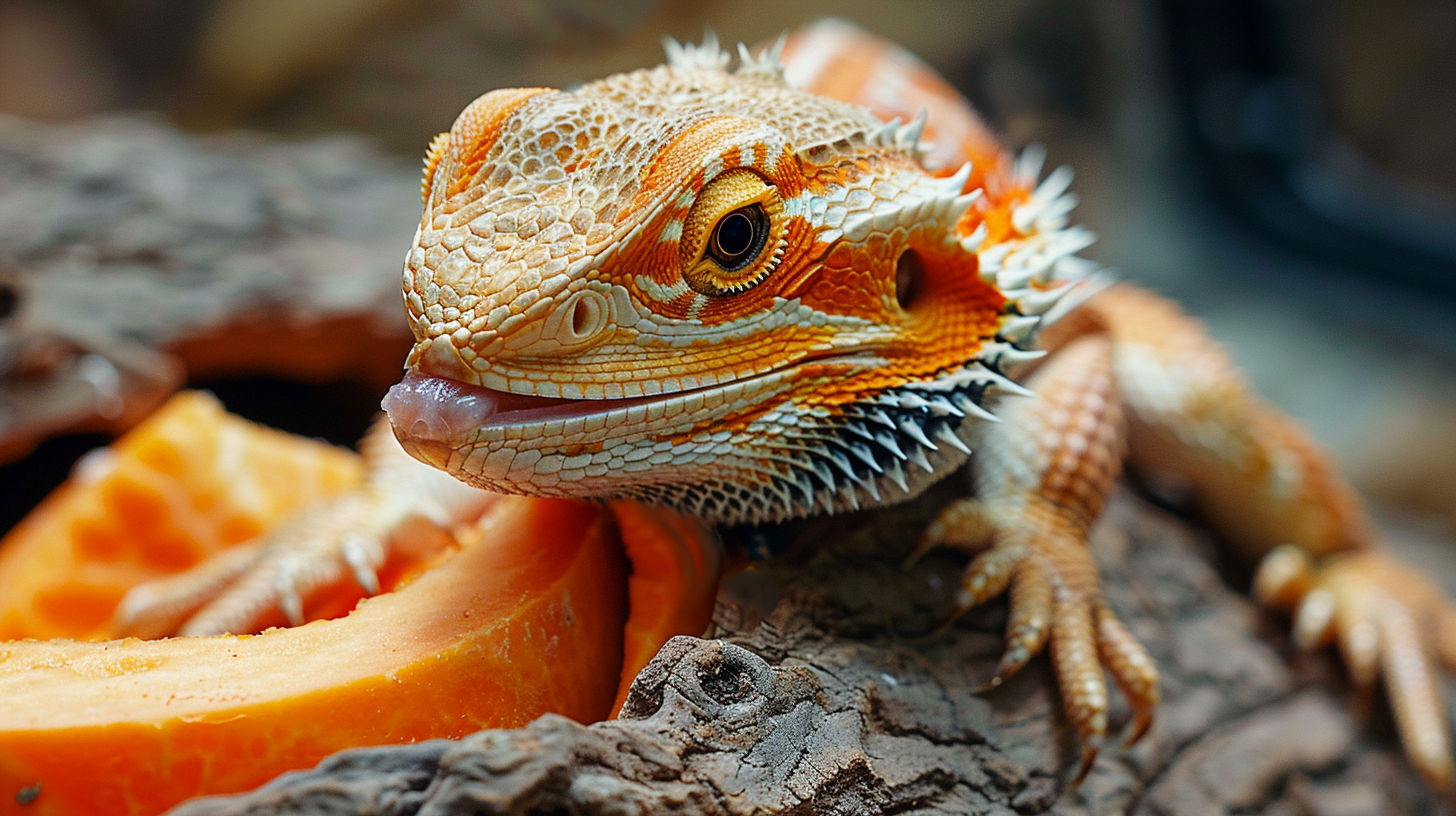As a bearded dragon owner, providing your pet with a nutritious diet is crucial for its health and well-being. One popular food choice for bearded dragons is superworms, but how many should you feed your pet? In this article, we will delve into the ideal number of superworms to feed your bearded dragon, as well as provide general information on bearded dragon care and nutrition.
Understanding Bearded Dragon Nutrition
The Nutritional Needs of Bearded Dragons
Bearded dragons, like all living creatures, require a balanced diet to thrive. Their nutritional needs vary depending on their stage of life. Hatchlings (0-6 months) need a diet rich in protein to support rapid growth and development. Juveniles (6-12 months) require a balanced diet that supports continued growth and development. Adults (over 12 months) need a diet that maintains their overall health and well-being.
The Role of Insects in a Bearded Dragon’s Diet
Insects are a staple in a bearded dragon’s diet, providing essential protein and other nutrients. Crickets, mealworms, and superworms are popular insect choices. Each insect has its own nutritional benefits, and a varied diet ensures your bearded dragon receives a broad range of nutrients.
Superworms as a Food Source
What Are Superworms and Why Are They a Good Food Choice for Bearded Dragons?
Superworms are the larvae of the darkling beetle. They are high in protein (up to 50%) and low in fat, making them an excellent food choice for bearded dragons. Superworms are also easy to care for and can be gut loaded with nutritious foods to increase their nutritional value.
How to Gut Load and Dust Superworms for Optimal Nutrition
Gut loading and dusting superworms can significantly enhance their nutritional value. Gut loading involves feeding the superworms a nutritious diet before offering them to your bearded dragon. Dusting involves coating the superworms with a powdered supplement to provide additional nutrients.
| Gut Loading Foods | Nutritional Benefits |
|---|---|
| Leafy greens | Calcium, vitamins, and minerals |
| Fresh fruits | Vitamins, minerals, and antioxidants |
| Commercial insect foods | Protein, vitamins, and minerals |
Determining the Right Amount of Superworms to Feed
Factors to Consider When Determining How Many Superworms to Feed Your Bearded Dragon
When determining how many superworms to feed your bearded dragon, consider the following factors:
- Age and size: Hatchlings require more frequent, smaller meals, while adults require less frequent, larger meals.
- Activity level and metabolism: More active bearded dragons require more food to maintain their energy levels.
- Other food sources: Bearded dragons require a varied diet, so consider the nutritional value of other foods being fed.
A General Feeding Guide for Bearded Dragons
The following table provides a general feeding guide for bearded dragons:
| Age | Number of Superworms |
|---|---|
| Hatchling (0-6 months) | 2-3 per day |
| Juvenile (6-12 months) | 3-5 per day |
| Adult (over 12 months) | 5-7 per day |

Feeding Superworms to Bearded Dragons of Different Ages
Feeding Superworms to Hatchling Bearded Dragons
Hatchlings require a diet rich in protein to support rapid growth and development. Feed 2-3 superworms per day, divided into 2-3 meals.
Feeding Superworms to Juvenile Bearded Dragons
Juveniles require a balanced diet that supports continued growth and development. Feed 3-5 superworms per day, divided into 2-3 meals.
Feeding Superworms to Adult Bearded Dragons
Adults require a diet that maintains their overall health and well-being. Feed 5-7 superworms per day, divided into 1-2 meals.
Common Mistakes to Avoid When Feeding Superworms
Overfeeding and Underfeeding: The Consequences for Your Bearded Dragon’s Health
Overfeeding can lead to obesity, metabolic bone disease, and other health issues. Underfeeding can lead to malnutrition, stunted growth, and other health issues. Monitor your bearded dragon’s weight, appetite, and overall health to avoid these common mistakes.
Ensuring a Balanced Diet with Superworms and Other Food Sources
A balanced diet is essential for your bearded dragon’s health. Ensure a varied diet by offering a range of insects, fruits, and vegetables. Rotate food sources regularly to prevent boredom and ensure a broad range of nutrients.
Conclusion
In conclusion, feeding your bearded dragon the right number of superworms is crucial for its health and well-being. By considering the factors outlined in this article and following the general feeding guide, you can ensure your pet receives a nutritious diet. Remember to gut load and dust superworms for optimal nutrition, and avoid common mistakes like overfeeding and underfeeding. With a balanced diet and proper care, your bearded dragon can thrive.




